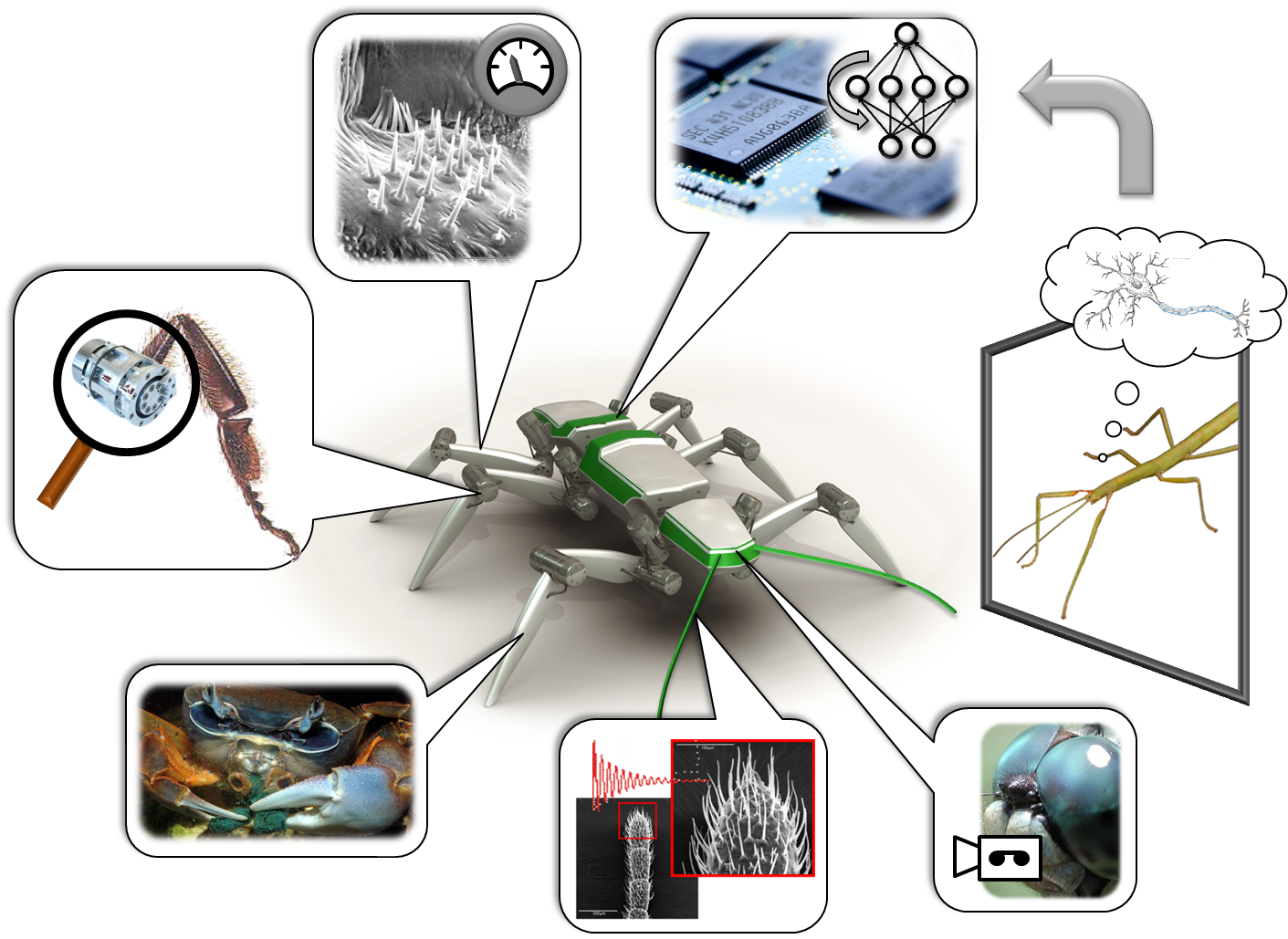While Japan is renowned for its cutting edge robotics technology the world is surprised and concerned to watch human firefighters and plant workers at the high risk Fukushima site north of Tokyo. Why aren't remote controlled robots and unmanned vehicles cooling the damaged reactors? When asked a science ministry official said a robot used to detect radiation levels is at the Fukushima site, but nuclear safety agency
JNES official Hidehiko Nishiyama said: "We have no reports of any robots being used."
IAEA in Search of Nuclear Emergency RobotsOne week after the earthquake and nuclear power plant disaster
IAEA has sent a request to countries asking for "robots and unmanned vehicles capable of operating in highly radioactive “ as that of Fukushima. According to the German media
reports Japan has asked Germany for remote controlled robots for operations at Fukushima 1. According to Christoph Unger, President of German Federal Office of Civil Protection and Disaster Assistance (
BBK), an inquiry can be send out to the federal states to ask who can supply such robots as soon as specifications have been arrived from Japan. Two organizations that might help are German
KHG and French
Group INTRA.
KHG - German Nuclear Emergency Team Germany  |
| Credit: KHG |
The operators of nuclear power plants in the Federal Republic of Germany have taken technical and personnel precautions to stabilize a plant following an accident or breakdown, to analyse the cause and to eliminate the resultant effects. Part of this emergency programme has been placed in the hands of our organisation. The
KHG Kerntechnische Hilfsdienste GmbH (Nuclear Technology Support Services) was founded in 1977 by the companies operating nuclear power plants in Germany, together with the fuel cycle industry and major research centres. KHG has a range of vehicles extending from a 22 ton radio-controlled excavator, to small radio-controlled inspection vehicle.
Group INTRA - Nuclear Emergency Team France In France the
Groupe INTRA, created in 1988, two years after the accident of Chernobyl, by the three French nuclear operators
EDF,
CEA and
AREVA(COGEMA), has developed, operate and maintain a fleet of specific remote-controlled equipment, able to intervene instead of human beings, in the case of an accident in one of its members’ nuclear site. INTRA has also developed expertise of remote intervention, by listing and capitalizing on the experience of interventions carried out within companies or anywhere else, in the case of incident, exceptional maintenance or cleaning and/or decommissioning.
 |
| Credit: Groupe INTRA - VERI II B |
VERI II B - Teleoperated Vehicle for Investigation 2B - is always forms part of the operational equipment of Groupe INTRA but is now reserved for possible non emergency missions. Robot VERI II B can be teleoperated until a distance of 2 kilometers. It can complete work with its embarked hydraulic tools (shear, power pick and drilling machine).
 |
| Credit: Groupe INTRA - ERELT |
ERELT is a teleoperated relay robot used to relay the transmissions (Radio-com-mands, radio-measurements, videos, sounds) from and towards other robots and to improve the radioelectrical coverage. Related missions are visual inspection, radioactivity and temperature measurement. The flexmobil - rubber caterpillar has Deutz 152 HP - air cooled diesel engine, max speed 4,2 m/s and a max distance radio relay of 5 km of fiber optic cable on board, The autonomy in radio relay is about 80 hours. The robot is equipped with 4 cameras, two of which on turrets. The day and night all-terrain robot vehicle has a slope climbing capacity of < 26° and a max hygrometry of 80 % à + 30°C. Operating temperature is - 20°C < T < + 45°C. The max absorb dose rate level is 1 Gy/h, the max integrated absorb dose is 10 Gy.
The Groupe INTRA is a pole of inventory and expertise for techniques and mobilizable robotics machines in the case of a crisis. Agreement of cooperation with home office. Team and equipment must be ready to intervene within 24/365 on the whole French Territory. INTRA has a permanent staff 20 people and a yearly budget of 4 M€. Global investment is about 40 M€. Members shares : 50 % EDF 37.5% CEA 12.5% AREVA.










